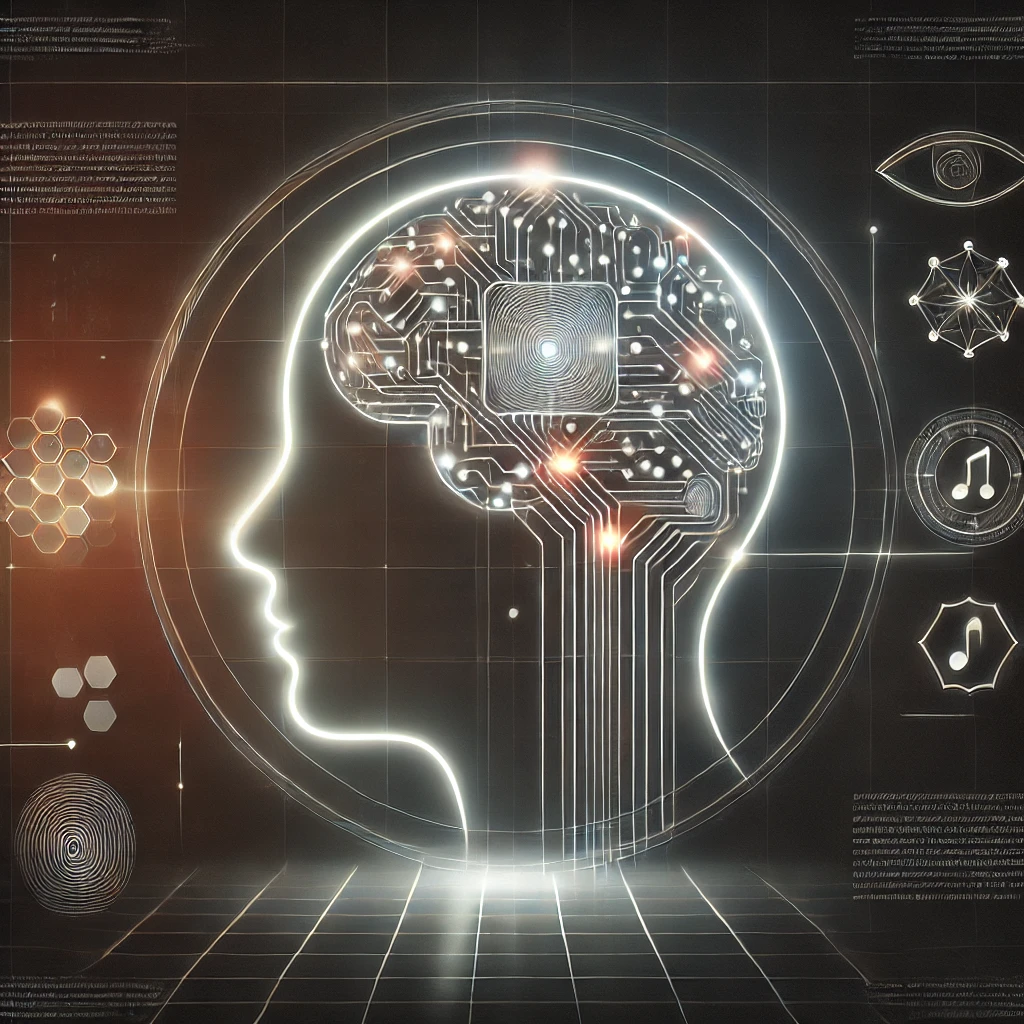
ChatGPT:
The Computational Architecture of Human Speech Comprehension: Bridging Brain and Machine
Human speech comprehension is among the most rapid, robust, and complex cognitive tasks the brain performs. Within fractions of a second, the auditory system extracts patterns from sound waves and maps them onto structured meanings, guided by syntax, semantics, and context. Recent interdisciplinary advances—from neuroscience to artificial intelligence—reveal that this process relies on a highly specialized computational architecture, composed of modular, time-sensitive, predictive, and redundant mechanisms. These components work in concert to make human language understanding both flexible and resilient. Moreover, the convergence of brain-inspired designs and AI systems has deepened our understanding of how speech comprehension operates and how it can be emulated computationally.
Hierarchical Encoding: From Phonetics to Semantics
Speech comprehension in the brain is built upon hierarchical neural encoding, where multiple layers of information are processed through distinct but interconnected neural populations. At the base, the primary auditory cortex detects raw acoustic signals, such as pitch and duration. These are translated into phonemes by neurons in the superior temporal gyrus, then assembled into syllables and words in the middle temporal gyrus.
Progressing upward, the lexical and syntactic modules located in Broca’s area and temporal regions construct sentence structure and resolve grammatical roles. At the apex, semantic interpretation occurs in the angular gyrus and anterior temporal lobe, where linguistic input is transformed into meaningful representations. These modules collectively support a modular architecture—each subsystem is specialized for a particular linguistic function, yet all are dynamically interconnected.
Time-Sensitive Integration in Real-Time Processing
Timing is central to this architecture. Spoken language unfolds rapidly and linearly, demanding precise temporal coordination. The brain achieves this through neural oscillations in different frequency bands: theta rhythms align with syllables, gamma waves process phonemes, and delta rhythms capture broader intonation. These oscillations create temporal windows of integration, allowing the brain to bind transient features into cohesive linguistic units.
Additionally, predictive timing enables the brain to anticipate when certain sounds or words will occur based on rhythmic patterns or syntactic cues. This capacity for real-time alignment across auditory, lexical, and conceptual layers ensures swift and fluid comprehension, even under challenging acoustic conditions.
Redundancy and Resilience
The brain’s language system incorporates redundancy to guarantee robustness. Multiple, overlapping pathways handle similar functions, such as the dorsal stream for articulatory mapping and the ventral stream for semantic processing. If one pathway is damaged or input is ambiguous (e.g., due to noise), alternative routes compensate.
Furthermore, multisensory integration (e.g., lip movements, contextual memory) supplements auditory input, and the brain’s predictive mechanisms “fill in” missing elements based on context. These redundancy strategies mirror error-correcting systems in computing and are critical for speech comprehension in natural, noisy environments.
Predictive Processing and Bayesian Inference
A cornerstone of human speech comprehension is top-down prediction—the brain’s use of prior knowledge and contextual cues to anticipate incoming speech. Higher cortical areas generate expectations about what a speaker will say next, influencing how early sensory areas interpret sounds. This approach mirrors Bayesian inference, where beliefs (priors) are updated based on new evidence (sensory input) to produce the most likely interpretation (posterior).
For example, in a noisy environment, if someone says “Pass the s—,” the brain may infer “salt” rather than “soap” based on dining context. This predictive coding allows for fast and context-sensitive comprehension that flexibly adapts to uncertainty.
AI Models and Speech: Emulating Brain Strategies
Artificial intelligence systems have begun to replicate many of these time-sensitive and predictive capabilities. Recurrent Neural Networks (RNNs) and Long Short-Term Memory (LSTM) networks manage temporal dependencies, while Transformer architectures (like Whisper or GPT) use positional encoding and attention mechanisms to simulate the brain’s context integration.
To capture real-time processing, streaming models use incremental predictions and early-exit decoding, mimicking how humans interpret speech as it unfolds. Some research even explores oscillatory-inspired architectures, introducing timing gates that reflect brain rhythms.
The integration of modular processing, temporal alignment, predictive reasoning, and redundancy in AI represents an important step toward biologically plausible speech models.
Conclusion
The computational architecture of human speech comprehension is a marvel of layered, time-bound, and inferential processing. It exemplifies how distributed, modular systems can coordinate via timing and prediction to extract meaning from transient, noisy input. By studying and modeling these processes, AI can not only improve speech understanding technologies but also deepen our understanding of the brain itself. As science bridges the biological and artificial, we move closer to creating systems that not only process language—but understand it in the rich, context-aware way that humans do.

